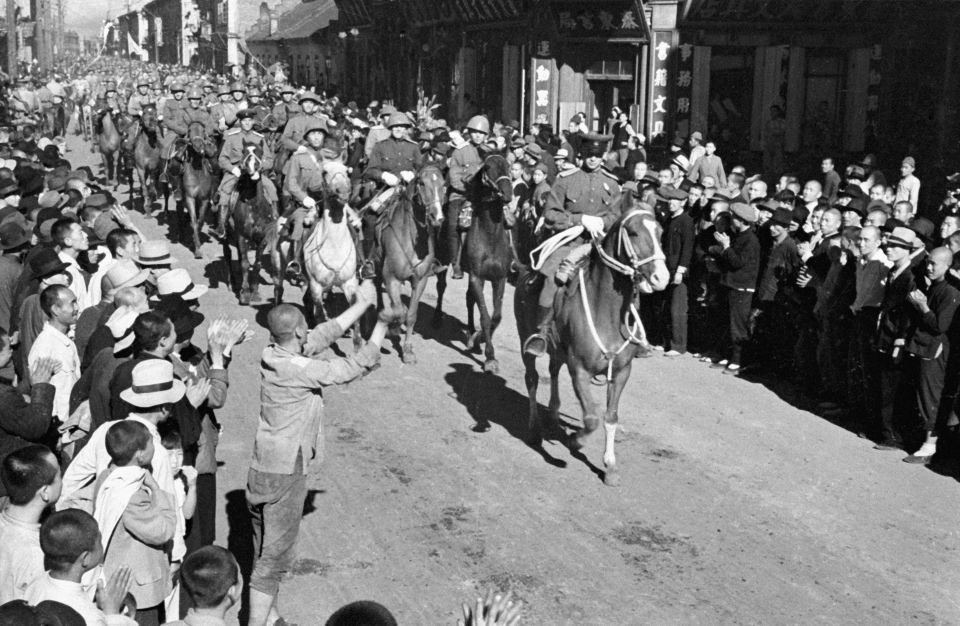During the Japanese occupation of Harbin, this former Russian city was subordinated to a puppet state - Manchukuo. The Red Army advanced into Harbin in August 1945.
On 19 April 1946, the command of Soviet troops in Manchuria organised a meeting of Russian intellectuals of Harbin, predominantly the families of White émigrés. Rodion Malinovsky, marshal of the Soviet Union, spoke at the meeting: “We fought for our own ideas against each other during the civil war. Now you can see who was right”.
On 26 April 1946, the Soviet command transferred Harbin to the People's Democratic Administration, controlled by the Chinese Communists.
On this day, an end was put to the history of the largest centre of Russian emigration in the Far East. Harbin was founded in 1898 by Russian settlers, and the architecture of its historic quarters is still reminiscent of typical Siberian cities. Harbin had become an international city. Besides Chinese and Russian citizens, there were immigrants from Europe and America: 45 languages were spoken in the city.
In 1946, Harbin was the largest city under control of the Chinese Communist Party. During the Civil War of 1946-1949, it became the centre of the Manchu revolutionary base due to its developed infrastructure and industry. Despite the fact that Harbin was ruled by the Chinese administration, the Soviet Union maintained a protectorate in the territory of the former Manchukuo. Only in 1955 was it finally transferred to the People's Republic of China.
In the late 1940s and early 1950s, Russian citizens left Harbin. Of about 200,000 Russians (80% of them were White émigrés and their families), about 900 people remained in Harbin by the mid-1950s. Almost all of the Harbinians who returned to the USSR were sent to labour camps, a certain number remained free, but they were only allowed to settle in Kazakhstan.
In 2006, the last Russian “old Harbinian” died in Harbin.
Source: Recent history of China. 1928-1949 / Ch. ed. M. I. Sladkovsky. Moscow: Nauka, 1984
























